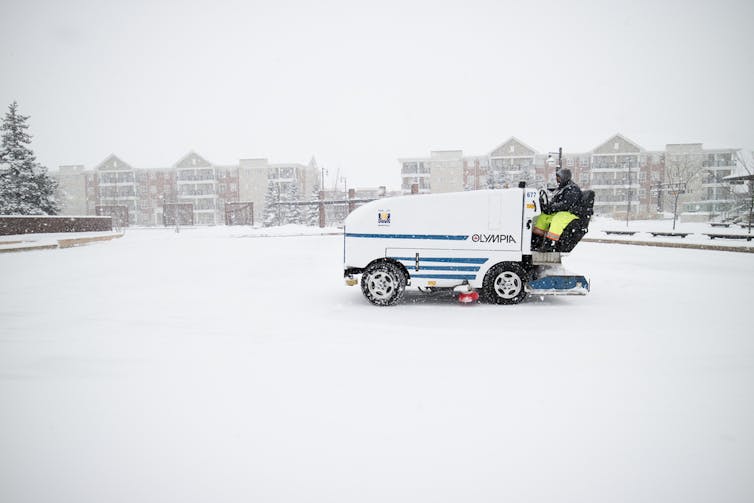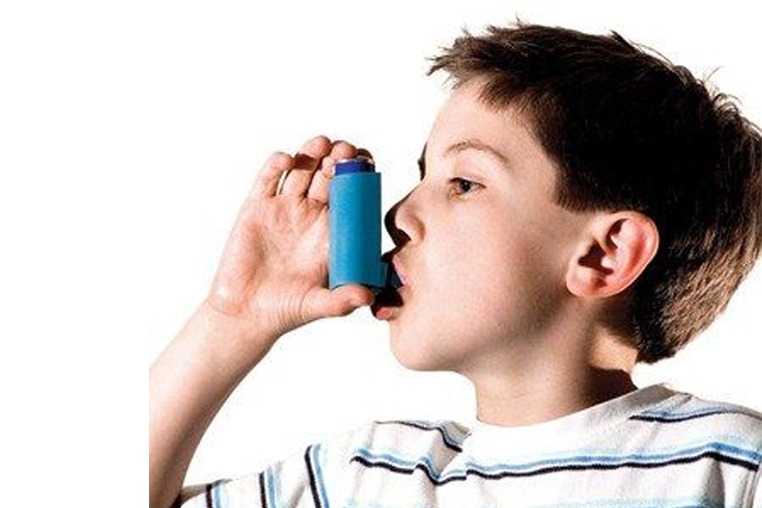First Aid Courses in Canberra. Book in Now. Free First Aid Manual. Nationally Recognised Certificate. Excellent RTO and Training Provider.
As the world’s best winter athletes compete in PyeongChang for the 2018 Winter Olympic Games, the heavy demands of both training and competition will leave many of them with breathing problems.
Exercise-induced asthma is the most common medical problem among winter Olympic athletes, especially among cross-country skiers. Nearly 50% of these athletes suffer from the condition, closely followed by short-track speed skaters at 43%. For figure skaters it’s 21%, Nordic combined it’s 17%, and for ice hockey it’s 15%. By comparison, around 9% of the UK general population suffers from asthma.
The combination of sustained high breathing combined with cold, dry air increases winter athletes’ risk of asthma-related conditions. (Indoor speed skaters also have to deal with increased pollution in the form of particulate matter from ice resurfacing vehicles.) Cross-country skiers, for example, increase their breathing rate from about six litres per minute at rest, to 180 litres per minute during a race. This huge increase in breathing results in large volumes of cold, dry air being drawn into the lungs. This can cause the smooth muscle in the airway to narrow, reducing the athletes’ ability to breathe normally.

This happens by two processes. The first relates to the airway becoming dehydrated which causes a release of inflammatory cytokines – messenger molecules that cause the airway to become narrow and inflamed.
The second process relates to respiratory heat loss which results in airway narrowing through nerve stimulation. When the athlete stops exercising, the airway narrows even further by a dilation of blood vessels as the airways warm up again.
Although we know that exercise-induced asthma is common in winter athletes, it can be confused with other conditions, such as dysfunctional breathing patterns and exercise-induced laryngeal obstruction, that have similar symptoms to asthma.
If an athlete is diagnosed with exercise-induced asthma, they are usually given the standard treatment for asthma: a preventer asthma inhaler, containing steroid medication. This works by reducing the inflammation and sensitivity of the airways, helping them breathe. However, athletes have to be careful about the type of inhaler they use as some drugs – such as salbutamol – could put them at risk of an anti-doping violation.
Alternative therapies
As well as using drugs to treat exercise-induced asthma, athletes can supplement their inhaler therapy with:
Heat-and-moisture face masks: Face masks worn during training and prior to competition are able to capture the heat and moisture in exhaled breath and use it to warm and moisten the inhaled air as a defenceagainst airway dehydration and subsequent narrowing.
Fish oils: Studies suggest that the use of omega-3 fish oils can reduce airway inflammation and provide a protective effect against asthma associated with exercise.
Prebiotics: Recent evidence suggests that a dietary prebiotic supplement that targets the good bacteria in the gut can reduce the severity of asthma in physically active asthma patients and reduce airway inflammation.
Winter athletes who suffer from exercise-induced asthma can use an inhaler alone, or in combination with one or more of the above treatments. By doing this, athletes can maintain their airway health and function, allowing them to compete without compromising their performance.

